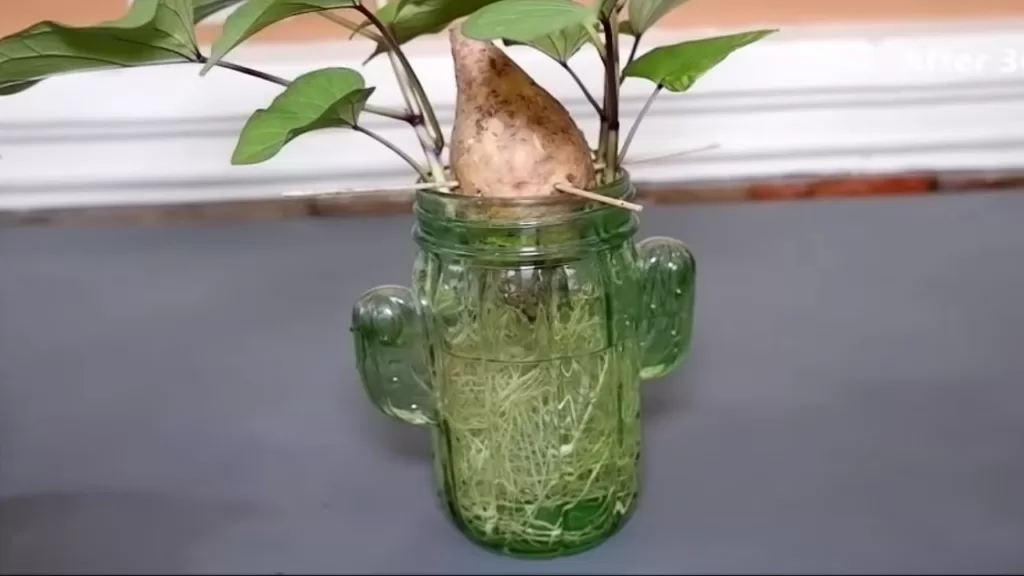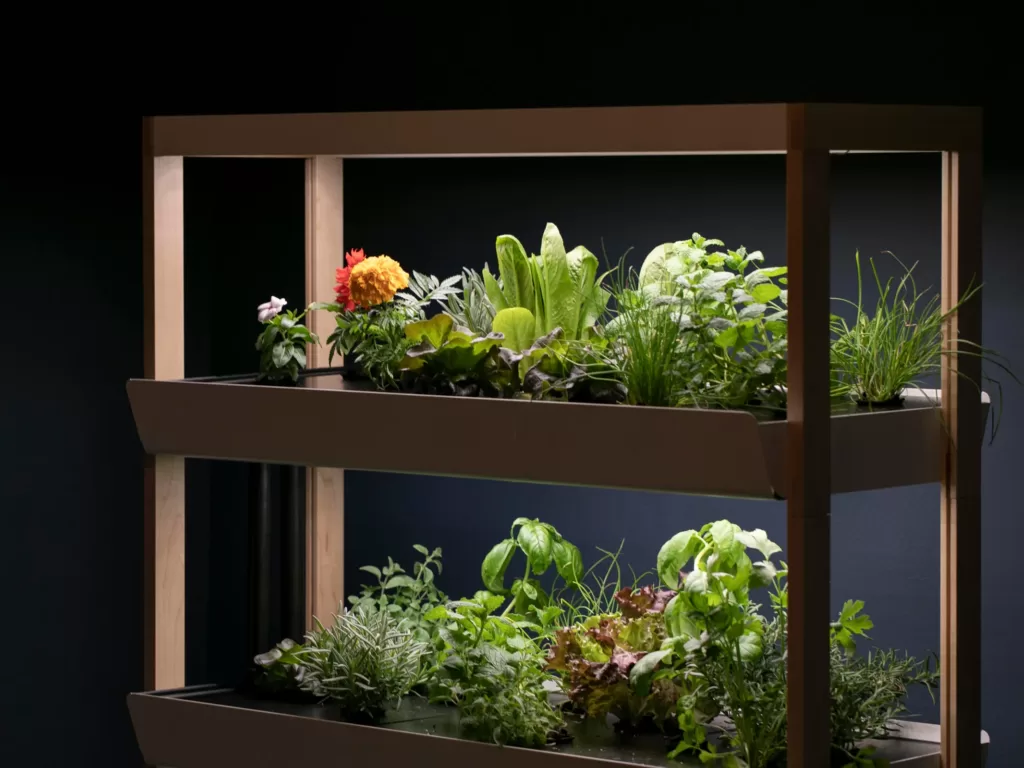Succulents generally require bright, indirect light to grow. They can tolerate some direct sunlight, but too much can cause sunburn and damage to the leaves. It’s important to protect them from intense afternoon sun and to gradually introduce them to full sun exposure over a period of several weeks. If you’re growing succulents indoors, it’s best to place them near a window that receives plenty of natural light. If you don’t have a suitable location, you can also use grow lights to provide the necessary light for your succulents to thrive.
Table of Contents
How much light do succulents need in winter
Succulents generally require less light during the winter months as the days are shorter and the angle of the sun is lower. They can tolerate lower light levels during this time, but they still need some light to survive. A south-facing window that receives bright, indirect light is ideal, but if that’s not available, you can also use grow lights to provide the necessary light. It’s important to note that succulents can also go dormant during the winter months, and they may require less water and fertilizer during this time.
How much light do succulents need outdoors
Succulents need bright, indirect sunlight to thrive outdoors. They should be placed in a location that receives at least 4-6 hours of direct sunlight per day. However, it is important to note that some species of succulents can tolerate more or less sunlight, so it’s best to research the specific needs of the succulent you have.
How much light do succulents need a day
Succulents need bright, indirect sunlight to thrive. The amount of light they need per day can vary depending on the species of succulent, but most require at least 4-6 hours of direct sunlight per day. Some species may require more or less sunlight, so it’s best to research the specific needs of the succulent you have. It’s also important to note that the intensity of sunlight can vary depending on the time of year, so you may need to adjust the amount of light your succulents receive accordingly.
Do succulents need sunlight or just light?
Succulents need sunlight to thrive. They are adapted to desert environments and require bright, direct sunlight to photosynthesize and produce the energy they need to grow. While some species of succulents can tolerate less sunlight, most require at least 4-6 hours of direct sunlight per day. While some species of succulents can tolerate low light conditions, it’s best to research the specific needs of the succulent you have and provide enough sunlight for them to thrive.
Can succulents survive in low light?
Some species of succulents can tolerate low light conditions, but most succulents require bright, direct sunlight to thrive. They are adapted to desert environments and require sunlight to photosynthesize and produce the energy they need to grow. In low light conditions, succulents may become leggy, and their leaves may turn pale or yellow. They may also grow more slowly and be more susceptible to pests and diseases. If you want to keep succulents indoors, it’s important to provide them with as much natural light as possible, and to supplement with artificial light if necessary. It’s best to research the specific needs of the succulent you have and provide enough sunlight for them to thrive.
Do LED grow lights work for succulents?
LED grow lights can be used to supplement light for succulents, but it’s important to ensure that the lights provide the right spectrum and intensity of light for the plants to thrive. Succulents require bright, direct sunlight to photosynthesize and produce the energy they need to grow. LED grow lights that mimic the spectrum of sunlight can be used to supplement natural light in low-light indoor environments. However, it’s important to choose the right LED grow light with the right spectrum and intensity, and to place the plants close enough to the lights to receive the appropriate amount of light. It’s also important to rotate the plants occasionally to ensure that all sides of the plant receive an equal amount of light.
How often do I water succulents?
The frequency of watering succulents can vary depending on the specific species, the size of the plant, the size of the container, the humidity and temperature of the environment, and the potting mix. In general, succulents should be watered deeply, but infrequently, allowing the soil to dry out completely between watering. A good rule of thumb is to wait until the soil is completely dry to the touch before watering again.
It’s important to note that overwatering is one of the most common causes of death for succulents, so it’s better to underwater than overwater. It’s best to stick your finger in the soil to check for moisture before watering, or use a moisture meter to check the soil moisture. You can also use the “soak and dry” method where you soak the soil thoroughly and then wait for the soil to dry out before watering again. Also, the succulents in the ground might need more water than the ones in the pot.
It’s also important to note that succulents need well-draining soil, so make sure the potting mix is well-draining and not compacted. Also, be sure to use a pot with drainage holes to allow excess water to escape and prevent root rot.
Do succulents purify air?
Succulents, like other plants, can help purify the air by absorbing pollutants and releasing oxygen through the process of photosynthesis. According to NASA, succulents such as the Snake Plant and Spider Plant have been found to be particularly effective at removing pollutants like formaldehyde, benzene and xylene from the air.
It’s important to note that to have a significant impact on air quality, you would need a large number of plants, and succulents alone may not be sufficient to purify the air in a room or home. However, they can still help to improve air quality, especially when combined with other air-purifying plants.
Additionally, it’s important to note that other factors such as the size of the room, the ventilation, and the source of pollutants also play a role in the overall air quality of a space.
Can succulents survive in a room with no windows?
Succulents can survive in a room with no windows, but they will need adequate artificial light to thrive. Since succulents are adapted to desert environments and require bright, direct sunlight to photosynthesize and produce the energy they need to grow, it’s important to provide them with as much light as possible. LED grow lights that mimic the spectrum of sunlight can be used to supplement natural light in low-light indoor environments such as a room with no windows. It’s important to choose the right LED grow light with the right spectrum and intensity, and to place the plants close enough to the lights to receive the appropriate amount of light. It’s also important to rotate the plants occasionally to ensure that all sides of the plant receive an equal amount of light.
Keep in mind that succulents require well-draining soil, and it’s important to use a pot with drainage holes to allow excess water to escape and prevent root rot. Also, it’s important to follow the watering schedule as over watering can harm the succulents.






